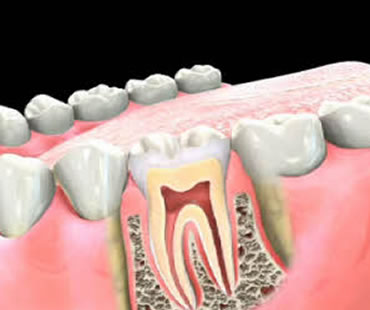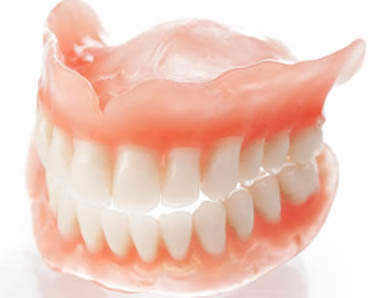


Cosmetic Improvements to Your Smile
There’s a whole branch of dentistry made for giving you the smile you’ve always wanted. Cosmetic dentistry provides numerous options for treatment with the goal of improving the appearance of your smile. Often there are oral health benefits as well, but the primary...
Oral Care for the Whole Family
Everyone in your family deserves high quality oral care, no matter if they are 2 or 22 or 62! Establishing a relationship with a family dentist is a great way to ensure all of you get reliable, consistent, excellent dental treatment so that you’ll all be smiling for...
Tip-Offs That You Might Need Root Canal Treatment
Sometimes you experience symptoms in your mouth that cause you to wonder what’s going on and if you need to see a dentist. If you are thinking you might need root canal treatment, it’s time to see the dentist for an examination. Here are some common signs that you may...
Choosing a General Dentist in Aventura, FL
Don’t put off choosing a general dentist until an emergency forces you to seek care from any dentist you can find. A better choice is to select the right dentist for you and your family who meets all your needs and to get established with regular checkups and...
Ways Your Smile Can Benefit from Cosmetic Dentistry
Dental treatments that focus on the appearance of your smile have become more popular than ever before. Cosmetic dentists have the expertise and experience to give you a whole new beautiful smile, perhaps the one you’ve dreamed about but never knew was possible. It is...
What Type of Dental Veneer is Best for You?
Dental veneers are thin, wafer-like shells that are placed directly on top of your natural tooth to treat problems like gapped, misaligned, discolored, or worn down teeth. Indirect veneers are made by a technician in a dental laboratory while direct veneers are formed...
Defining Crowns and Bridges
If you’re looking to improve both your oral health and your smile, a dental crown or a bridge may be recommended. They both improve the functionality and appearance of teeth, providing many health and cosmetic benefits to patients. What are crowns? These are basically...
